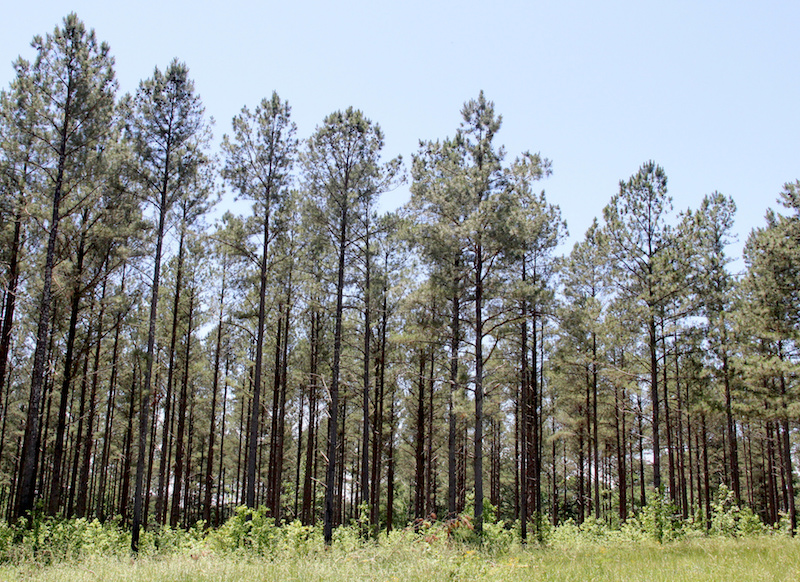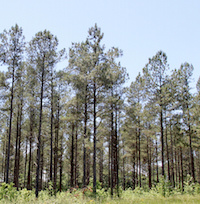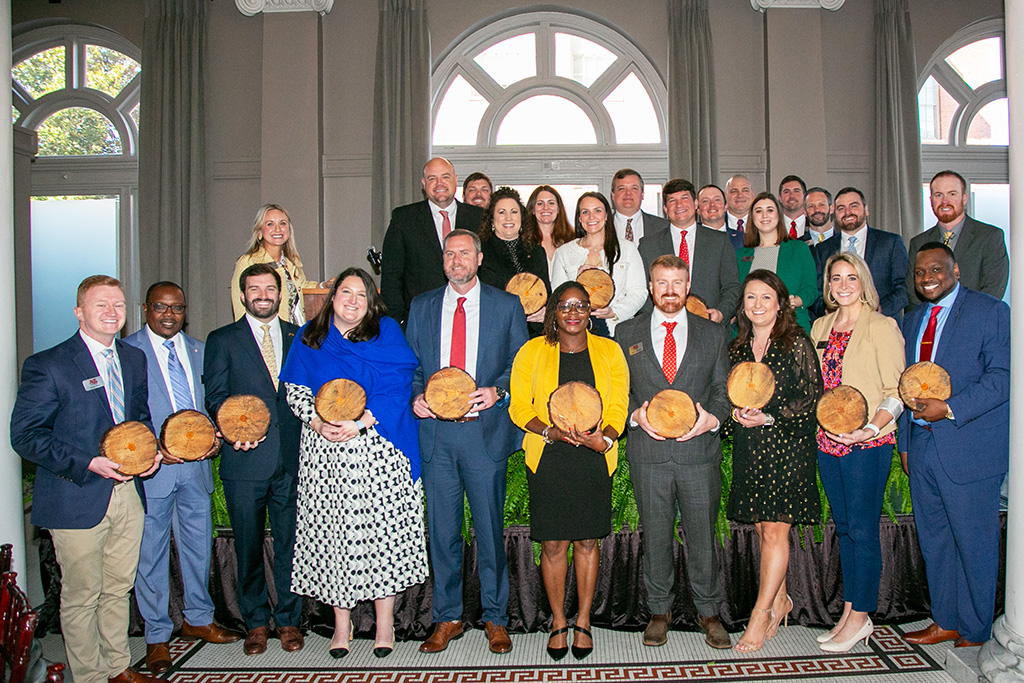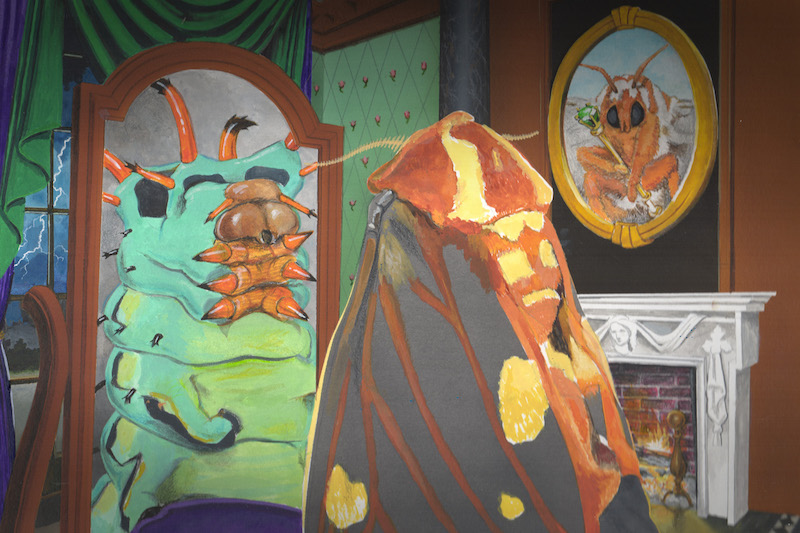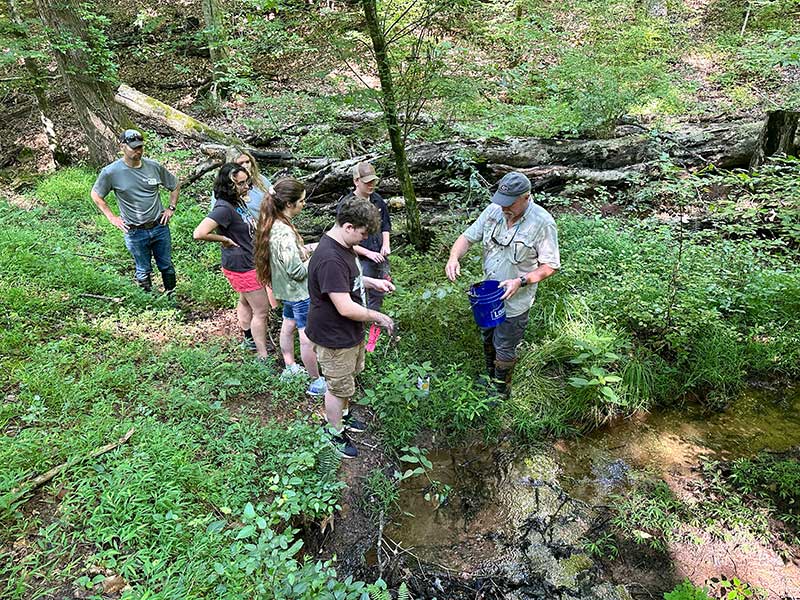Small-acreage landowners who manage their land for wildlife habitat should consider using the timber stand improvement (TSI) method to keep a healthy ecological balance.
A forested stand with fewer quality trees is often healthier than a forested stand with a greater density. This is due to a lack of competition. Less dense forested stands where sunlight can reach the forest floor tend to have greater wildlife diversity due to the increased vegetative growth in the understory.
As a management practice, TSI is the periodic felling — or killing through girdling and herbicide treatment — of immature, subdominant, undesirable and crowded trees. TSI stimulates understory growth and provides more resources for dominant, well-formed and mast-producing trees. The method releases these trees from competition and improves the overall health of the stand.
The practice can be thought of as weeding or pruning away unwanted vegetation. When engaging in a TSI project, low-value and undesirable trees should be focused on first. Hardwood species like sweet gum, tulip poplar, red maple, sourwood, birch and sycamores are of low wildlife and commercial value and make easily identifiable TSI targets. With some exceptions, these trees are often shade-intolerant species that established early in the successional progression of a particular forested stand. They are also often the dominant trees in a stand as they have large canopies that prevent sunlight from reaching the forest floor.
Thinning projects are not limited to low-value trees. Subdominant, suppressed or overtopped trees and crowed trees should be next on the TSI list. Overtopped trees receive little light because they often are growing in the shadow of dominant or codominant trees. In many cases, these trees can be the same age as their dominant counterparts but are much smaller in size because they are poor growers.
Even after larger, undesirable trees are removed, suppressed trees usually will not become valuable trees and, for the health of the stand, should be removed.
Trees that grow too closely together compete for resources and prevent one another from spreading their branches and maximizing their mast-producing potential. In these cases, keep trees with the best growth form and remove the rest.
Aside from the increased forage availability created by allowing sunlight to reach the forest floor, TSI can create vertical structure, cover value and snag habitat.
Large, dominant, low-valued trees are often not felled through TSI due to the potential damage that felling them may cause to desirable trees. To completely kill the root system, these trees can be girdled and treated with an imazapyr- or triclopyr-based herbicide in the wound during the late summer to early fall. The tree is left standing, creating a snag that can be used by many wildlife species as nesting or denning cover.
Once these trees have fallen, their benefits do not end. At this point they provide quality habitat for salamanders and lizards, detritivores (organisms that feed on dead or decaying matter), and small mammals like skunks and raccoons. Brush and bramble that often grow on the forest floor not only provide forage value but are excellent sources of cover for a variety of small mammals and birds.
TSI can be a great tool for the small-acreage landowner, especially those who do not possess heavy equipment. It can be done using a hatchet, chainsaw and a squirt bottle.
For more information on managing forestland, see University of Georgia Cooperative Extension Bulletin 1494, "Promoting a Healthy Forest on Your Land," at extension.uga.edu/publications.

